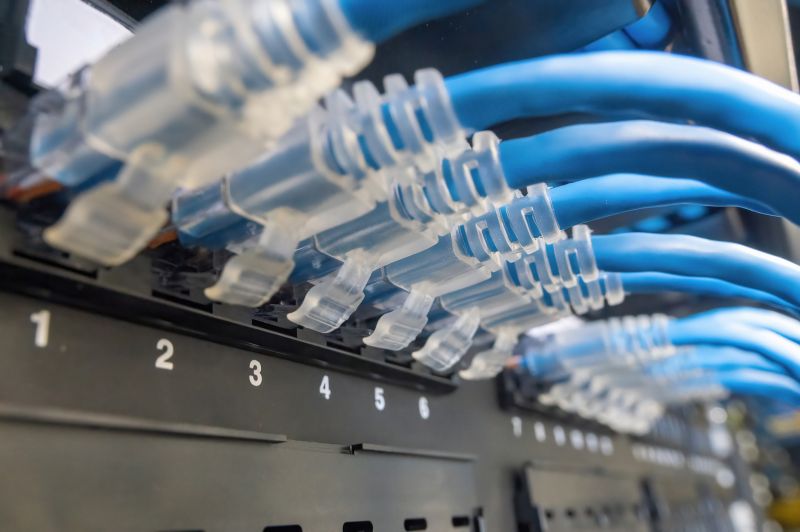Optimal Timing for Windows Installations
Choosing the optimal time for Windows installations can impact system performance and minimize disruptions. Factors such as workload cycles, hardware availability, and environmental conditions influence the ideal timing. Understanding these variables ensures a smoother installation process and better system stability.
Spring and fall often provide moderate temperatures and stable conditions, reducing risks associated with extreme weather during hardware setup.
Early mornings or late evenings are recommended to avoid peak operational hours, minimizing downtime and workflow interruptions.
Align installations with periods of low network activity to prevent disruptions and facilitate smoother updates.
Coordinate with hardware delivery schedules to ensure components are ready when needed, avoiding delays.

Technicians performing Windows setup in a controlled environment.

Arranging hardware components for installation.

Configuring settings post-installation.

Ways to make Windows Installations work in tight or awkward layouts.

Popular materials for Windows Installations and why they hold up over time.

Simple add-ons that improve Windows Installations without blowing the budget.
| Timing Aspect | Details |
|---|---|
| Season | Spring and fall are ideal due to moderate temperatures. |
| Time of Day | Early mornings or late evenings reduce operational impact. |
| Weather Conditions | Avoid extreme weather to prevent hardware or installation issues. |
| Network Activity | Schedule during low-traffic periods for smoother updates. |
| Hardware Delivery | Coordinate with delivery schedules to ensure readiness. |
| System Backup | Perform installations after recent backups for safety. |
| Business Cycles | Plan around low-demand periods to minimize disruptions. |
Windows installations are a crucial step in maintaining system performance and security. Proper timing ensures minimal downtime and reduces the risk of complications. Organizations often schedule these tasks during periods of low activity, such as outside business hours or during scheduled maintenance windows. Accurate planning and coordination with hardware and network schedules contribute to successful implementation.

Professional performing Windows setup.

New hardware ready for installation.

Configuring Windows settings post-install.

Ensuring network connectivity after installation.
Timely Windows installations contribute to enhanced security, improved performance, and compatibility with new software updates. Properly scheduled upgrades can prevent operational disruptions and ensure that systems are up-to-date with the latest features and protections. Regularly reviewing installation schedules aligns with organizational needs and minimizes potential downtime.
Interested in scheduling a Windows installation? Fill out the contact form to discuss options and find the best timing for your needs.


